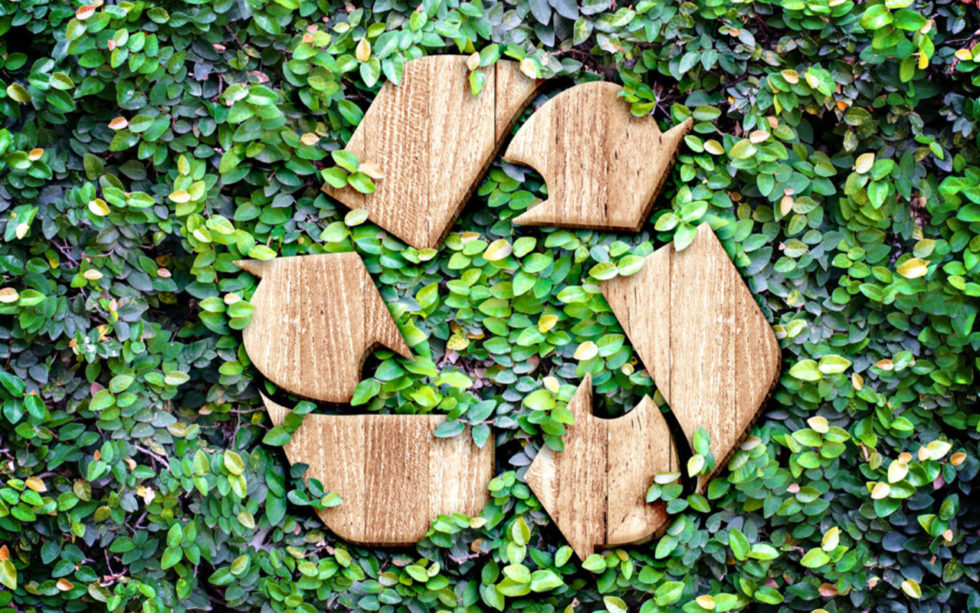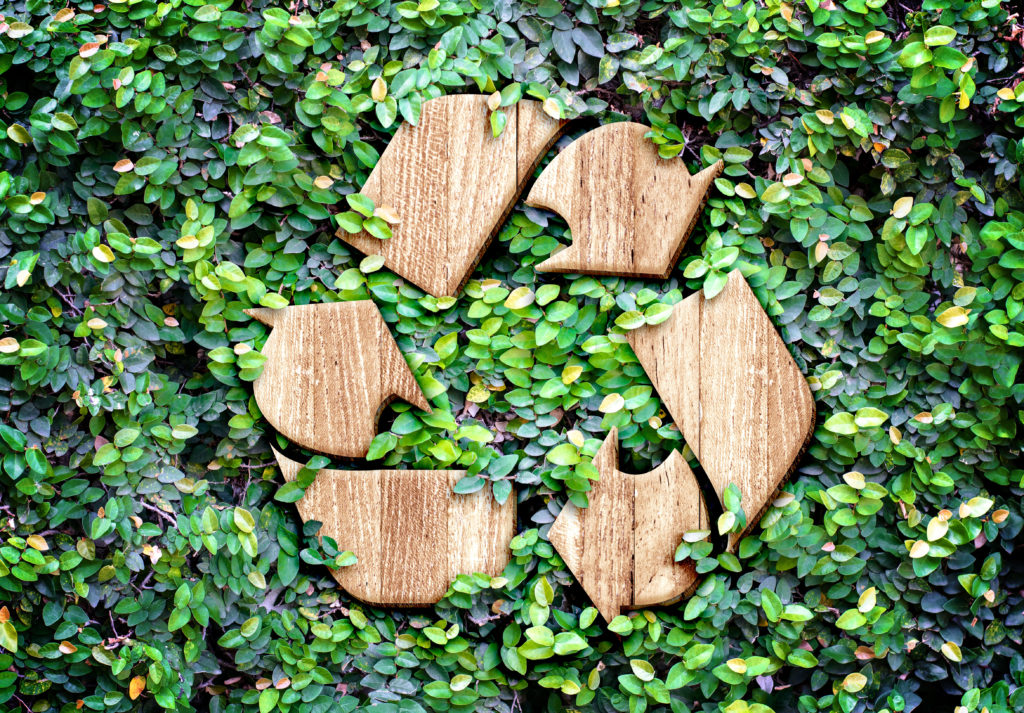
Eco-Friendly Printing for My Book

The journey of self-publishing a book comes with so many obstacles and learning experiences. One of them was to find the right printer for the job. Originally, I thought the only option for me was to use a service that offers print on demand, which comes with a lot of benefits for a self-published author, mainly because you don’t have to buy a bunch of books in advance, worry about selling them and potentially losing money, store them in your home and distribute them. Unfortunately, I was not happy with the quality. After a lot of back and forth, I came to the conclusion that I would have to do print runs at a local printer. The thought of that was quite scary – all the money and work that was involved in that – but it also came with a huge benefit. It meant that I could look for a local printer that prints in the most sustainable way possible. The prospect of that made me very excited because that totally aligns with my core values. So I started looking and was surprised that there were not many options available.
Lucky enough, I found a company in my area and I am so excited to share with you that I am printing my book with them. So if you are looking for an eco-friendly Xmas present make sure to grab a copy now.
The company specializes in printing on 100% post-consumer waste recycled paper that is 100% processed chlorine free. I have worked closely with them to ensure the book is made in the most sustainable possible way. Below are the benefits that come from printing this way:
- We decided to not use any coating on the paper, not even the cover.
- The paper used to print the cookbooks is made from 100% post-consumer waste (PCW).
- The paper is also 100% Chlorine Free.
- The printing used 100% non-toxic toner.
But why is all of that important? The owner of the printer took a lot of time explaining the ins and outs of eco-friendly printing to me and this is what I have learned.
Why is Recycling and Buying Recycled Materials Important?
Recycling reduces greenhouse gas emissions, conserves natural resources, saves energy and water, and saves landfill space. Through buying recycled materials you can help support sustainable practices by voting with your dollars. The more consumers demand these kinds of materials the more it will become a common practice. By purchasing and using recycled paper, we create an economic incentive not only for paper mills to manufacture more high-recycled content but also for recycling centers to collect more scrap paper.
But not all recycled content is created equal and there is a lot “greenwashing” happening. So it is important as a consumer to know the right terminology and ask the right questions.
What is 100% Post-Consumer Waste?
100% PCW is paper made from previously printed paper that was rerouted to the paper mill instead of going to a landfill. Landfills, like Fresh Kills Landfill in Staten Island, NY had to be closed as the garbage reached 10 stories high and became a danger to planes landing at Newark airport. Recycled paper could consist of as little as 30% recycled material, so it is important to opt for 100% recycled paper whenever possible.
How is the Paper Bleached?
All paper must be bleached to give it the white look and get rid of previous ink. The bleaching at the printer I used is done by oxygen or hydrogen peroxide, and NOT chlorine. Bleaching with chlorine when mixed with other chemicals can create dioxin, which can poison our fish, wildlife and us. The Chlorine Free Products Association certifies and labels this process and paper as PCF (processed chlorine-free).
What Kind of Energy is Used to Recycle the Paper?
Some people argue that it takes a lot of energy to recycle paper. And although it certainly takes energy and water to recycle paper it is still less than creating paper from scratch. The paper used for my book comes from Neenah plant, which uses wind energy to produce power. Neenah also purchases wind power credits to offset the energy used in their corporate offices. This helps our country move away from foreign oil while reducing the introduction of greenhouse gases into the atmosphere. The carbon dioxide produced in shipping the paper to the printer is offset by the purchase of carbon offsets. At Neenah alone, that can be as much as 115 tons per year.
Reduced Production Waste:
The printer I used chooses to use a standard size page size, to reduce paper waste.
How You Can Make a Difference:
We as consumers have the ultimate power to change how things are run. Every time we make a purchase we are “telling” companies that we are supporting their practices. So we need to vote with our $$$.
Next time you purchase a product, opt for 100 % PCW paper and 100% Chlorine Free. Share this knowledge with your loved ones. The more, the merrier.



Can you share the name of the printing company you used?
Hi Tracie, unfortunately, I cannot recommend the company I printed my first batch of books with at the time I wrote the article because some issues came up later. For my second edition, I found a local printer that was able to order the same brand of paper. I simply inquired for 100 % PCW paper.
who printed your book? I am looking for similar options for a book i am working on
Hi Laurel, unfortunately, I cannot recommend the company I printed my first batch of books with at the time I wrote the article because some issues came up later. For my second edition, I found a local printer that was able to order the same brand of paper. I simply inquired for 100 % PCW paper.
Where did you print sustainably and ethically? I didn’t see that skimming your article.
Hi Ava, unfortunately, I cannot recommend the company I printed my first batch of books with at the time I wrote the article because some issues came up later. For my second edition, I found a local printer that was able to order the same brand of paper. I simply inquired for 100 % PCW paper.
Who do you distribute your ecofriendly books through? Do you do the inventory, sales, and distribution yourself?
Hi Catherine. I do everything myself. Unfortunately, I did not find any service that offers all of that and operating in an ecofriendly way.